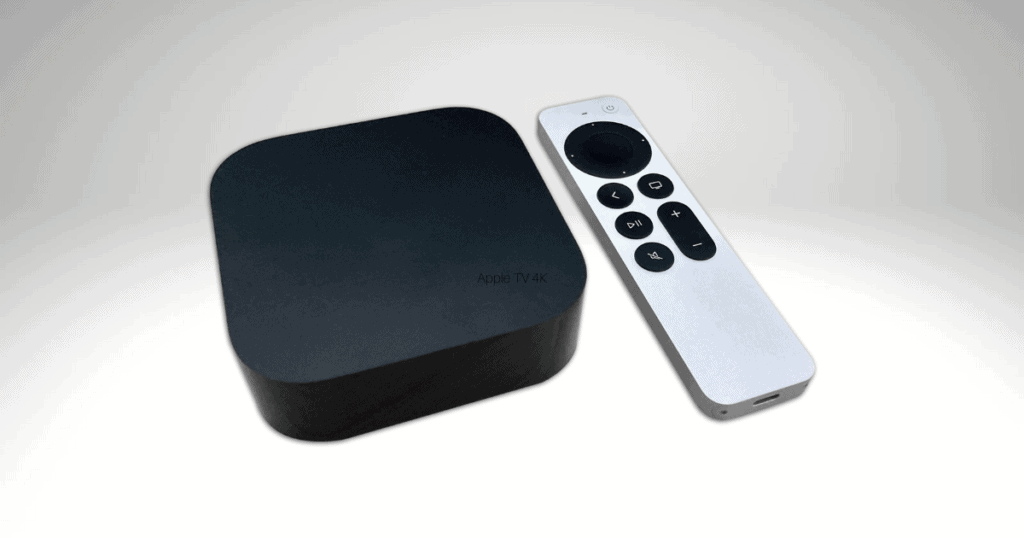In today’s fast-paced digital landscape, the seamless integration between our mobile and desktop environments is more than a convenience—it’s a necessity. Enter universal apps, a revolutionary concept that promises to enhance our productivity by offering a cohesive experience across iOS and macOS platforms. This blog post delves into the world of universal apps, exploring their potential to transform our digital workflows and make cross-device functionality as smooth as silk.
Understanding Universal Apps
At their core, universal apps are designed to run across multiple Apple devices, leveraging a single codebase to provide a consistent user experience on both iOS and macOS. This unified approach not only simplifies app development and maintenance but also offers numerous advantages for end-users and developers alike.
For Users:
- Cross-Platform Continuity: Start a task on one device and pick up where you left off on another, without missing a beat.
- Cost Efficiency: Purchase an app once and use it on all your compatible devices, eliminating the need to buy separate versions.
For Developers:
- Streamlined Development Process: Write code once and deploy it across multiple platforms, significantly reducing development time and resources.
- Broader Market Reach: Access a wider audience by making apps available on both mobile and desktop platforms with minimal extra effort.
Syncing iOS and macOS with Universal Apps
The magic of universal apps lies in their ability to seamlessly synchronize data and functionality between iOS and macOS. This interoperability ensures that changes made on one device are instantly reflected on another, thereby enhancing the user’s efficiency and workflow continuity.
Popular Universal Apps:
- Bear: A note-taking app that syncs your writings across all devices, making it perfect for users who jot down thoughts on the go.
- 1Password: A password manager that keeps all your passwords and sensitive information securely in sync, whether you’re on your phone, tablet, or computer.
Maximizing Productivity with Universal Apps
Universal apps are not just about running the same application on different devices; they’re about creating a unified workflow that maximizes efficiency and minimizes friction.
- Workflow Management: Utilize apps like Things 3 or Microsoft To Do to manage tasks and projects across your Apple devices, keeping your productivity high no matter the platform.
- Customization and Personalization: With universal apps, you can personalize settings on one device and see those preferences automatically applied across all your devices, ensuring a consistent and tailored user experience.
MacReview verdict
The convergence of iOS and macOS through universal apps marks a significant leap towards a more integrated and productive digital ecosystem. As we continue to navigate between our devices, the ability to seamlessly sync and maintain continuity in our workflows becomes increasingly crucial. Universal apps not only promise this seamless experience but also open up new avenues for creativity, collaboration, and efficiency. By embracing these versatile tools, we pave the way for a future where our digital experiences are more connected, intuitive, and productive than ever before.




